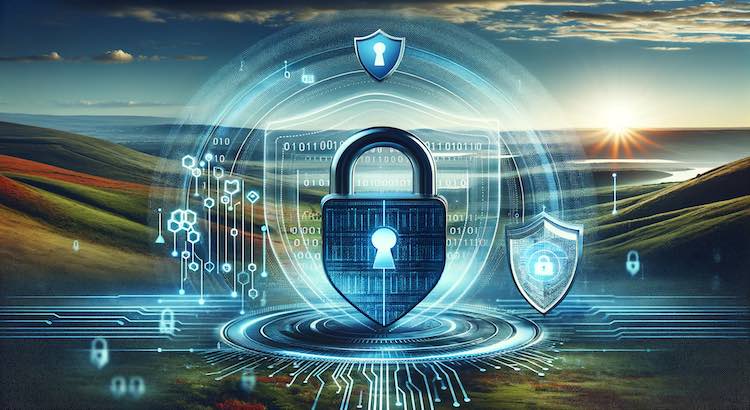Privacy and Security in Automated Transcription Services: What You Need to Know
The shift to digital work and remote collaboration has made transcription services more popular than ever. Automated transcription helps companies, legal teams, educators, and healthcare workers turn speech into searchable text quickly. But with this convenience comes an important question: how do automated transcription services keep private and sensitive information safe?
What Are Automated Transcription Services?
Automated transcription services use advanced computer programs, known as artificial intelligence (AI), to change spoken audio into written text. Many people choose these services for:
- Saving time on manual typing
- Making meetings and interviews searchable
- Helping people with hearing loss
- Supporting legal and medical recordkeeping
Because audio files and transcripts can include confidential details, it is critical to use a secure, trustworthy service. In 2023, nearly 68% of companies reported dealing with sensitive information in transcriptions (Statista, 2023).
How Do Automated Transcription Services Protect Your Privacy?
1. Data Encryption: Locking Down Your Files
Encryption changes your data into a code that odd computers or people can't read without a key. Leading transcription services use strong encryption both when you upload files ("in transit") and while they store your files ("at rest").
- In transit: Files you send are protected by SSL/TLS encryption, the same tech banks use for online transactions.
- At rest: Once your file is on the transcription server, it stays scrambled and protected from anyone who shouldn't see it.
This means hackers or unauthorized people can’t access your conversations even if they intercept your files along the way.
2. Secure Data Storage and Access Controls
Trusted services keep your data on secure servers, often in tightly controlled data centers. These centers may use:
- Biometric locks (like fingerprint readers)
- Surveillance cameras
- Physical security guards and firewalls
Only trained staff with permission can touch or even see sensitive customer data. Many companies use "role-based access," letting employees see just the information they need.
3. Anonymization and Data Redaction
Modern transcription services use technology to remove or disguise personal information. This protects identities and follows laws like GDPR and HIPAA. These systems may:
- Replace names, phone numbers, or addresses with [REDACTED]
- Blur out background details
- Scrub medical and legal information when needed
Anonymization greatly lowers the risk of privacy breaches if files are leaked or stolen.
4. Following Privacy Rules and Laws
Good transcription providers show their commitment to privacy by following international rules, such as:
- GDPR for European customers
- HIPAA for US healthcare
- ISO 27001, a global information security standard
These standards require services to run regular audits, train their staff on privacy, and report data issues quickly. In 2022, 85% of top transcription companies held at least one major certification (Forrester, 2022).
5. Monitoring and Fast Responses to Threats
Technology changes quickly—so security teams watch for new threats 24/7. Advanced event management systems help spot and react to anything suspicious, like unusual logins or file downloads.
- Systems alert security teams within minutes
- Providers use strict plans to notify customers and limit damage after a problem
- Regular software updates help close loopholes hackers could use
6. What Users Can Do to Help Keep Data Safe
Even the best service can't protect you if your account or device isn’t secure. You can help by:
- Using strong, unique passwords for your transcription account
- Turning on two-factor authentication (2FA) if offered
- Never sharing login info with others
- Avoiding suspicious links or emails
- Deleting files from servers after downloading your transcript
Taking these simple steps adds crucial extra layers of protection for your private information.
How to Choose a Safe Automated Transcription Service
When choosing a transcription service, look for clear signs of strong security and privacy. Here are a few questions to ask:
- Does the company use end-to-end encryption?
- Do they store your files on secure, certified servers?
- Will they delete your files after your project is finished?
- Are they open about following laws like GDPR or HIPAA?
- Do they offer features like closed captioning, subtitling, or translation with the same security levels?
Check if their pricing includes all protection features or if these cost extra. Quality companies like GoTranscript will happily answer your questions and explain their privacy safeguards clearly.
Conclusion: Protect Your Words with Trusted Transcription Providers
Your conversations, meetings, and recordings can include personal, legal, or business secrets. Keeping those details secure is vital. Automated transcription services protect your data by using strong encryption, secure servers, and privacy laws. Remember, you play a role by choosing strong passwords and a reputable service.
If you want easy, secure, and fast audio-to-text solutions, GoTranscript offers:
- Top-tier automated transcription with privacy in mind
- AI-powered transcription subscription options
- Reliable proofreading and audio translation
- Affordable rates with clear transcription pricing and captioning services pricing
Protect your sensitive data while enjoying seamless transcription—order transcription or order captions from GoTranscript today.



















 Verified Order
Verified Order